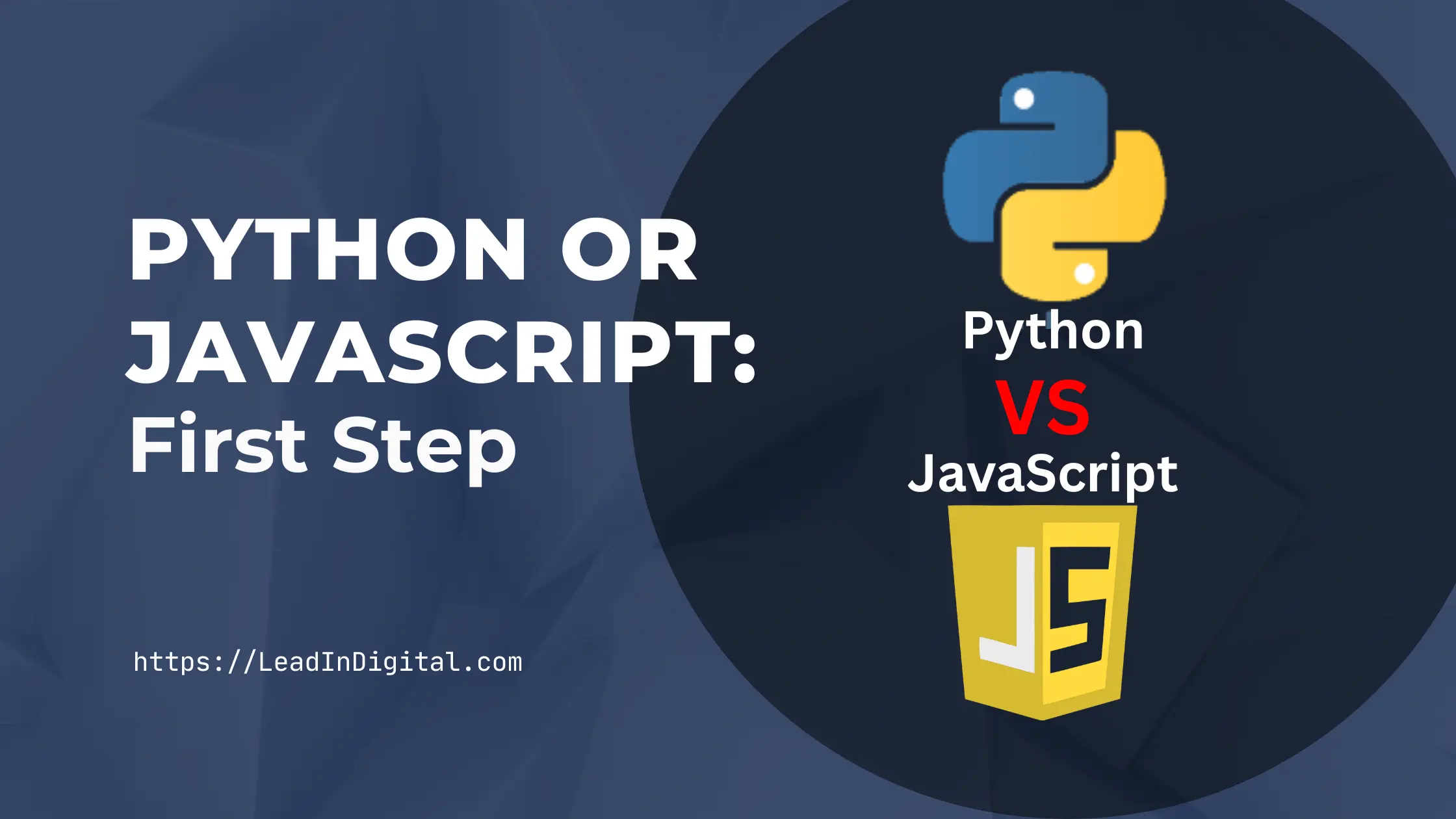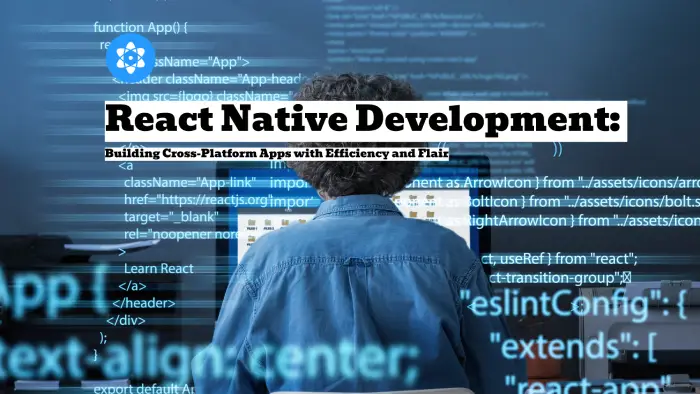
Why This Choice Matters in 2025
The Evolving Tech Landscape
In 2025, Python and JavaScript have both cemented themselves at the top of the developer food chain, but for different reasons. Python’s driving massive advances in AI, data science, and cloud automation, while JavaScript continues to dominate web and app development.
Python recently overtook JavaScript in GitHub contributions, thanks to a surge in AI, automation, and scientific computing.
JavaScript remains the king of dynamic, interactive websites and has doubled down on performance, modularity, and cloud integration.
So, let’s break this down with your learning journey in mind.
Learning Curve: Which Is Easier to Start With?
Python: Friendlier for Absolute Beginners
If you’re new to coding, here’s the interesting part: Python’s syntax is almost like writing English. It’s clean, forgiving, and doesn’t come bogged down with extra parentheses or semicolons. Most programming bootcamps and university courses still pick Python for teaching the basics.
Simple structure, easy to read code.
Vast beginner resources and gentle error messages.
A quick win for your confidence.
JavaScript: The Web’s Native Tongue (With a Few Quirks)
JavaScript’s syntax is a bit trickier for true beginners. Think more punctuation, weird asynchronous behavior, and browser specific oddities. But if you’ve dabbled in HTML and CSS, diving into JavaScript feels like unlocking the next level of interactivity.
Essential for web development (front end and back end).
More quirks, but amazingly versatile and omnipresent.
Debugging can be tricky for new coders, but the instant feedback of the browser is rewarding.
Market Demand & Career Outlook in 2025
Python: The AI, Data, and Automation Powerhouse
Here’s the scoop: Python is leading job growth in AI, data science, machine learning, and DevOps. Hiring demand for Python has hit an all time peak, and industries from healthcare to finance are building massive AI projects on top of Python frameworks.
Dominates TIOBE and Stack Overflow rankings.
Drives innovation in generative AI and automation.
Backend web development (with Django, Flask) and automation scripting.
JavaScript: The Web & App Superstar
JavaScript’s domain is the living, breathing internet. Every interactive website, many mobile apps, and modern cloud stacks use JavaScript or its offspring (TypeScript, Node.js, React).
Still the only language that runs natively in all browsers.
Strongest for jobs in web apps, UI design, and full stack development.
New frameworks (Next.js, Remix) offer cloud native capabilities.
2025 Demand Snapshot
| Language | Top Industries | Best Use Cases | Career Path Highlights | Learning Curve |
|---|---|---|---|---|
| Python | AI, Data Science, Automation | AI, Data Analysis, Backend APIs | Data Scientist, AI/ML Engineer, DevOps | Easiest for beginners |
| JavaScript | Web, Mobile, Cloud | Interactive Websites, Web Apps, UI | Front-End/Full-Stack Dev, App Dev | Slightly steeper |
Real-World Examples: What Can You Build?
Python in Practice
Automate tedious tasks (think “scrape this site, email me updates”).
Analyze massive data sets for business insights.
Quick backend APIs for mobile and web apps.
Dive into AI: build chatbots, forecast stock trends, or create smart assistants.
JavaScript in Action
Bring websites to life with interactive maps, sliders, and forms.
Power both the browser (front end) and server (backend via Node.js).
Build real time apps (chat, games, streaming dashboards).
Use frameworks like React and Vue for modern, snappy interfaces.
Key Pros & Cons at a Glance
Python
Beginner-friendly, readable code
Massive library ecosystem (AI, ML, data)
Cross-platform, in-demand skills
Slower for some real time or browser app scenarios
Not natively browser based
JavaScript
Runs everywhere (all browsers, most servers)
Huge community, tons of frameworks (React, Vue, Next.js)
Real-time, interactive, user facing web power
Quirkier syntax for newcomers
Async/event-driven code can be confusing
Hands-On Scenario: Choosing for Your First Project
Let’s say you want to:
Build a data dashboard that grabs info from different sources and sends alerts: Python, hands down. Its libraries and APIs make this seamless, and you’ll grasp fundamentals super fast.
Create an interactive portfolio site that works everywhere, looks gorgeous, and shows off your design chops: JavaScript wins. HTML, CSS, and JS are your trifecta for web magic.
Or, go full-stack: Python for heavy logic in the backend, JavaScript for stunning user experiences on the frontend.
Comparison Table: Python vs JavaScript in 2025
| Feature | Python | JavaScript |
|---|---|---|
| Syntax | English like, easy to read | Web logic oriented, more punctuation |
| Best For | AI, automation, backend APIs | Interactive web, mobile, real-time apps |
| Speed | Improved (good for most tasks, not real-time) | Fastest in browsers, great for UIs |
| Community Support | Huge, global, great beginner focus | Massive, especially for web dev |
| Career Demand | AI/Data/Cloud jobs, backend, scripting | Front-end, full-stack, mobile dev |
| Learning Curve | Smooth ramp up | Steeper, more quirks |
| Tooling | Jupyter, VSCode, PyCharm | VSCode, WebStorm, browser dev tools |
When Should You Choose Python First?
If you dream of working in AI, data science, automation, or backend APIs.
You want something easy to pick up, with quick feedback and gentle learning.
Writing scripts or automating personal tasks appeals to you.
Academia, research, or scientific programming is your endgame.
When Should You Choose JavaScript First?
If your heart’s set on building websites, web apps, or hybrid mobile applications.
You love visual feedback, seeing your code come to life in the browser.
You want to explore full-stack development (Node.js).
You're interested in tech driven startups, SaaS, or modern app design.
Industry Opinions: What the Pros and Learners Say
Recent surveys and forums echo the trends:
More bootcamps still start with JavaScript for web, but Python is the overall favorite for absolute programming newbies for its welcoming syntax and versatility.
Employers love developers with skills in both: Python for logic, JavaScript for interface. Full-stack developers (those who master both) are in hotter demand than ever.
Many say: "Once you learn one, the second is much easier", and this flexibility will serve your career well.
Conclusion: Choose Your Path, Don’t Stress
Here’s the actionable insight: Either Python or JavaScript will launch your tech journey. For pure beginners, Python slightly edges out for a gentler first experience, especially if you care about AI, data, or automation. If building beautiful, interactive web experiences excites you, jump into JavaScript.
Whichever you pick, you’ll gain skills that will translate to almost any modern programming task. The best part? In today’s tech landscape, you’ll probably end up using both, sooner or later. So start with your goals, keep learning, and let your curiosity guide you.
Frequently Asked Questions
1. Is Python or JavaScript better for getting a job in 2025?
Both are highly employable, but Python dominates AI/data/cloud roles, while JavaScript is crucial for web and full-stack jobs.
2. Which language is easier for beginners?
Python is almost universally considered easier to start with, thanks to its intuitive syntax and helpful errors.
3. Do I have to choose one, or can I learn both?
You can (and probably will) learn both. Many roles value cross language skills, and the jump from one to the other is smaller than people expect.
4. What are Python’s key use cases right now?
AI, automation, backend web APIs, cloud scripting, and data science are where Python shines in 2025.
5. What are JavaScript’s most popular uses today?
Anything web related (websites, apps, hybrid mobile), UI design, and even backend/cloud via Node.js. JavaScript remains indispensable.
6. How long does it take to feel “job ready” in either language?
With focused learning, you can build simple Python projects in a few weeks. JavaScript takes a bit longer for most, due to its front end complexity, but you’ll see results within a few months if you stick to it.
Now you’ve got the full picture, choose your first step, and let your curiosity (and career) take it from there.




